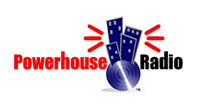0 The House That Jack Built - Hal Jackson
- Review
- by Kingsley H. Smith
- 06/24/2025
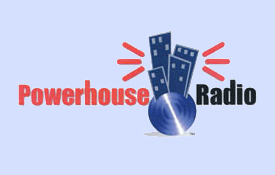
Have you ever worked with someone, only to find out volumes of information about them after your mutual employment with that person ends? This was my situation with the radio industry pioneer, Hal Jackson.
While on the Inner City Broadcasting engineering staff, (WLIB - WBLS owner), I spun Hal's records, cued his ads, and turned on his WLIB AM microphone in a cozy Harlem New York City radio station studio.
After leaving WLIB - WBLS, I stayed in touch with Hal as my own career expanded. You'll see evidence of that later.
A couple of years before I wrote Powerhouse Radio: Rough Roads, Radiance, and Rebirth; My True AM - FM - Satellite and Audio Streaming Survival Story, I read WLS DJ John Records Landecker's eBook Records Truly Is My Middle Name.
Landecker is famous for his time broadcasting out of Chicagoland USA, using funny bits and creative skits. His audience knows him for his audio "boogie check" segments.
Back to the future. Two years after writing my book, I've finally read Hal Jackson's hardcover biography.
What's the connection? Landecker and Jackson have many things in common. Being married four times each is one of them. What does that tell you about what it takes to rise to the top of the radio personality food chain?
The House That Jack Built
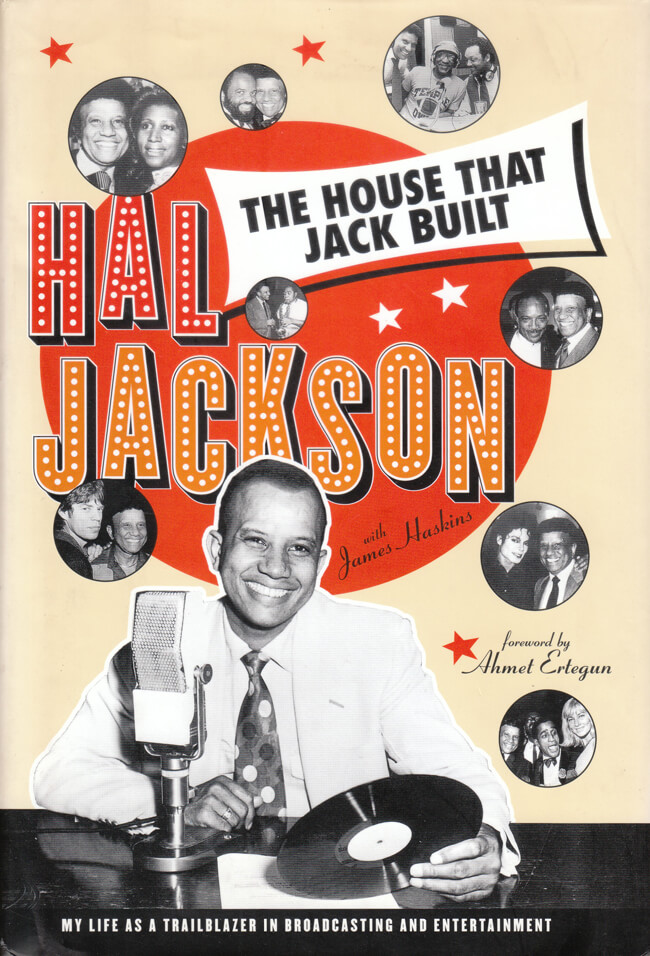
Hal Jackson was lucky growing up in Charleston, South Carolina. His family had horses, maids, a cook and other affluent trappings.
Mr. Jackson attests to this revelation. He states that the Jacksons were the first Black family to have an automobile in his neck of Charleston.
The athletic Hal was a five-letter-guy in high school at football, baseball, basketball, track, and tennis. He was a sports guy.
Education was also important to him. He excelled in school.
One anecdote about his family. Hal's mother and father passed away within four months of each other when the young Jackson was eight.
Before his death, father Jackson provided for Hal and four other siblings by buying each a house held in trust by an estate until the young ones each reached twenty-one.
An older sister had other ideas. Hal tells the whole story.
When the parents passed, Hal moves to Washington, DC to live with his sister Alice. He soaks up the culture and immerses himself in sports.
Despite what his family had, Jackson was independent. He could not afford admission into Griffith Stadium, where the Washington Senators baseball team played, so Hal approached the stadium owner with an offer that was accepted.
"Let me watch the games for picking up stadium trash." It was a nice deal for Hal, driving his interest in sports that he never lost.
Before Hal gets his first radio gig, his love of sports found him writing for the Washington Afro-American in DC. He was also on the broadcast announcing team at Griffith Stadium for Black team games.
Another plus, Hal did the announcing for the sports games at Howard University. Note, Black sports in the 1930s - 1940s weren't broadcast over the radio.
Only the audiences in the stadiums heard the announcing.
First on-air radio job
A progressive thinker, Jackson wondered if he could play a role in breaking down segregation. Hal approached radio station WINX, at Eighth and I Streets NW DC, owned at the time by The Washington Post.
No African Americans were working at the station.
Hal used some clever tactics to get an audience with the station general manager. When seeing Hal, the manager called in his entire staff, in front of Hal's presence.
The general manager stated "I brought you all in here because, can you imagine, this "n-word" is talking about going on this radio station. No "n-word" will ever go on this radio station."
Hal said "well, we'll see about that" and walked out.
How did he get in? Hal approached the sales department using a third party friend with a strategy to circumvent the general manager.
With the assistance of a Black sponsor he found, Jackson purchased airtime Monday through Saturday through a White advertising agency.
WINX did not know this until the agency contract was signed. Hal never used his name. WINX accepted the contract in the name of Hal's confidant.
Fifteen minutes of air time on WINX was acquired six nights a week for $35 per show. Hal Jackson's 11:00 pm - 11:15 pm time slot was a huge success.
Money talks. It's November, 1939. The first show of its kind, produced by Blacks for Blacks, in Washington DC.

First full-time radio job
During the mid 1940s, another White newspaper publisher, who wanted in on radio, aware of Hal's success, sent a lawyer to talk to him about joining a brand new station, WOOK.
Jackson was the only Black announcer on the air in DC at the time. Hal did get the new suburban WOOK job. He broadcast Monday through Saturday, from the moment the station went on-air until sundown sign-off time.
This was typical for "daytimer" stations, licensed by the FCC in this manner, to protect more powerful stations at night (in other states, or in Canada / Mexico) who used the same broadcast frequency.
The gig paid $50 per week plus expenses. Hal did get a three-hour lunch break! He was still responsible for the music played during his break.
 Early in his career, Hal Jackson leap frogged between different radio stations in multiple cities employed by all of them at the same time.
Early in his career, Hal Jackson leap frogged between different radio stations in multiple cities employed by all of them at the same time.
He named his WOOK, Silver Springs, Maryland program "The House That Jack Built." This was a theater of the mind technique used to feature specific music genres in different rooms of his imaginary "house."
The psychology worked. Today, you'll find many radio talent that continue to use this approach. "Off to the living room for 'artist X' to sing..." That's how the approach was used.
Community Involvement
Two things stand out about radio legend Hal Jackson. He built his radio career around community involvement. He extended this relationship advocating for Black people.
A phone call to WOOK by a listener let Jackson know that a patient in a local hospital wanted to listen to 'The House That Jack Built.' The patient didn't have a radio. Hal had a solution.
He mentioned the problem on-air. Within a couple of weeks, 300 radios were delivered to local hospitals free of charge thanks to charitable cab companies, radio repair shops, and other generous donors.
Television
Early on, Jackson saw television as a promising opportunity. He was contacted by an advertising agency in 1949 asking if he wanted to take The House That Jack Built to the brand new media of television.
Yes, he wanted to. The House That Jack Built debuted at Washington, DC's Howard Theater in the Spring of 1949. Jackson simultaneously keep all of his current radio gigs.
History was made as Hal hosted the first television variety show out of Washington, DC featuring Black performers.
Hal Jackson was a skillful hustler with honest intentions. He wanted additional add-on work as more family responsibilities and more children were added to his flock.
Also in 1949, The House That Jack Built radio show debuted on WLIB AM in New York City. He stayed there for a short time, only to return to more opportunities in the Washington metro area.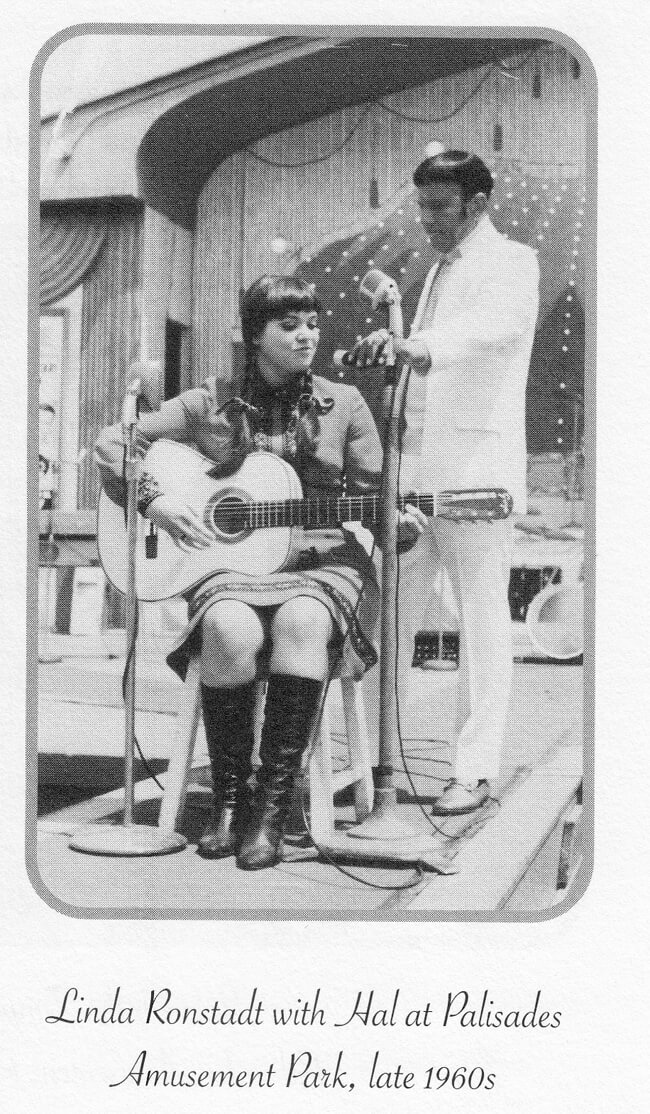
All over the New York City radio dial
Hal Jackson was eventually lured back to the Big Apple. At one point, he was on WMCA, WABC, and WNJR in Newark, New Jersey doing daily programs on all three stations!
He spun records and did interviews. He had a separate all sports program. He had a midnight jazz show from the Birdland club on WABC.
This radio multitasking would not be allowed today!
Hal was a guy that never stopped working. While with WABC, he discussed with ABC network executives putting Black college bowl football games on the air from Griffith Stadium in DC.
This was a battle Hal would not win. An NCAA (National Collegiate Athletic Association) official told Jackson that if any of the Black colleges went on ABC-TV, they would be thrown out of the NCAA.
The NCAA had a one network rule. At the time, the NCAA had a contract with NBC.
Talent Mentor
Jackson takes credit for launching careers of some very talented people, including Jocko 'Doug' Henderson Sr. (and his time in New York). Henderson is best known for making his mark in Philadelphia radio.
When I arrived at WLIB AM - WBLS FM in 1970, in the AM station studio, a glass division between the DJ and the engineer had just been removed.
I could do my duties behind the control board, and talk with Jackson about radio, his experiences, and industry challenges. We were both in the same room.
When I became program director of WUSS in Atlantic City, NJ, I sought Hal's advice, and he wrote me this letter.
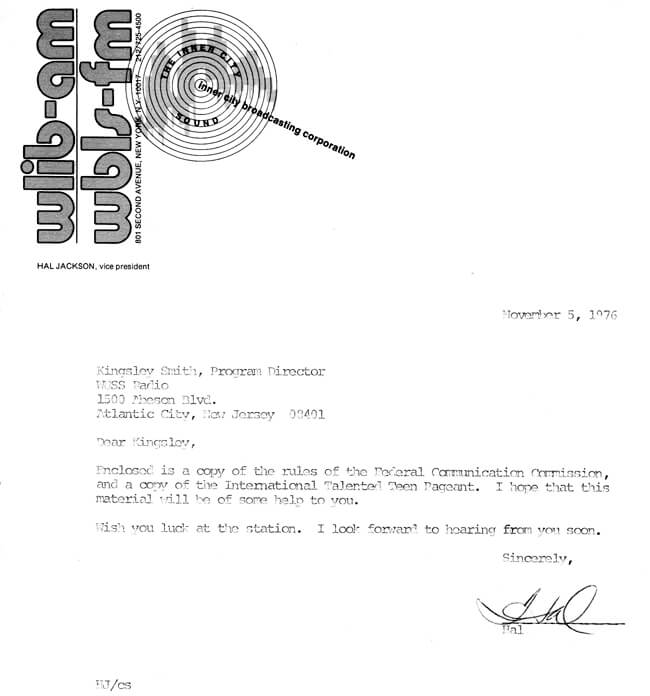
Did you see his reference to the International Talented Teen Pageant? Jackson's first Miss Black America pageant was held in 1969.
He created the pageant because of lack of Black visibility in the Miss America contest.
In 1971, a group out of Danville, Virginia sued Jackson in New York court over the naming rights.
The Danville group lost, but a few years later, what morphed into the Miss Black Teenage America name was changed again to Hal Jackson's Talented Teens International.
Hal says that "we didn't want to deal with discrimination suits from White teenagers." By 1982, the contest had expanded to thirty-seven states, territories, and independent nations.
Payola
The practice of paying on-air radio talent under the table to play certain songs receives a good deal of attention in this book. Hal relates that in 1960, the Manhattan district attorney conducted an undercover investigation into "commercial bribery" in the music business.
Be aware that all on-air people in radio sign affidavits stating that they 'have not - will not' take payola.
Popular Cleveland to NYC DJ transplant Alan Freed refused to sign during the investigation. Freed was quickly dropped by WABC and WNEW-TV from on-air duties.
In May, 1960, Hal Jackson was visited by people from the Manhattan district attorney's office at his broadcast studio. The DA squad stated that Jackson had to report to the local police station the next day to respond to a "commercial bribery" charge.
There is a happy ending to this story, but WLIB executive Harry Novick had to suspend Hal until the payola storm dissipated.
Throughout Jackson's story, he tells us how he would reach out to others in his circle for guidance. Malcolm X and Martin Luther King Jr. are two of them.
In the payola charge, Jackson seeks council from Adam Clayton Powell, the charismatic civil rights leader who served 12 terms in the U.S. House of Representatives.
Powell tells Hal not to lose his faith. Representative Powell also says "you'll be back, and you'll be bigger and better than ever. But you must remember that God has control of all things."
Without any radio income for nine months, Jackson cleaned office buildings at night, and drove a cab.
Hal eventually gets back on the radio, and moves on with his life.

From Announcer, to Manager, to Owner
For me, the most interesting chapter of this book is Radio Station Owner. I started at Inner City Broadcasting as an engineer uptown in Harlem where both WLIB and WBLS were located.
Hal Jackson and his partners, (officially known as Inner City Broadcasting Corporation), would purchase WLIB from owner Harry Novick and company.
When Jackson's group exercised an option a year later to buy WBLS (for another $1 million) from Novick, 'Stereo in Black' moved downtown to 43rd Street and Second Ave.
As an engineer with lower seniority, I was reassigned downtown to work there with Vy Higginson, Lamar Renee, Frankie Crocker, G. Keith Alexander, Al Roberts and other WBLS announcers.
I had always heard through the grapevine that Roberta Flack was one of the investors in the WBLS purchase, but only now can I confirm this is true thanks to Hal's details in the Radio Station Owner chapter.
There are a lot of interesting details about how Hal Jackson, and others, were able to get a loan from Chemical Bank for the $1.9 million dollar purchase of WLIB.
Knowing the right politicians, community leaders, and influencers of the day certainly helped.
Sixty years on the air
There is so much in The House That Jack Built, that I've only skimmed the surface. The book is a real, easy, conversational read. James Haskins is Hal Jackson's co-author.
What is really important to glean from this historic book is that Hal Jackson was a radio pioneer who started with no blueprint or model to follow.
Despite all the odds, Hal created the model, becoming ultimately successful thanks to carving out a Black radio niche in his Black community.
The House That Jack Built would make a great movie!
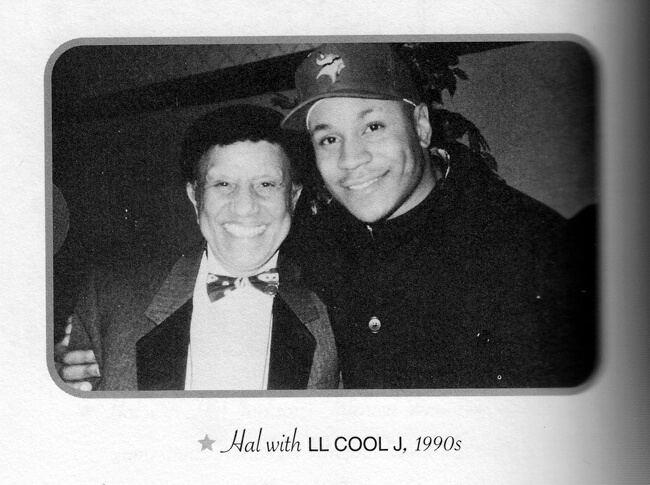
A Don't Miss Bonus:
Listen to NPR's Nancy Marshall talk to Hal Jackson about The House That Jack Built at NPR.org, when Hal's book was released. The interview is from July 15, 2001. You can also listen here below (with permission from NPR).
Hal Jackson, 1915 - 2012.
